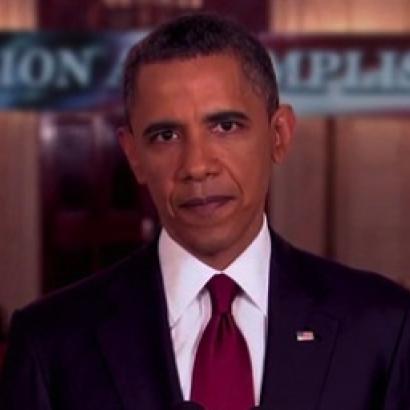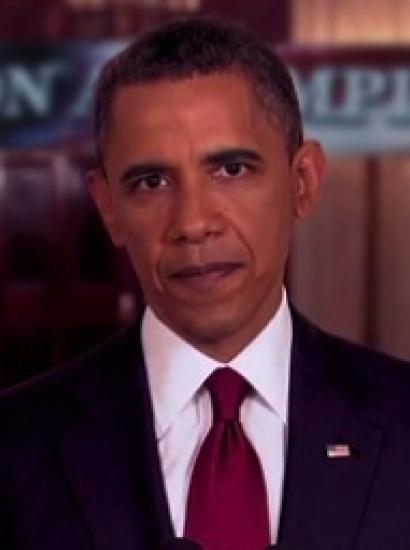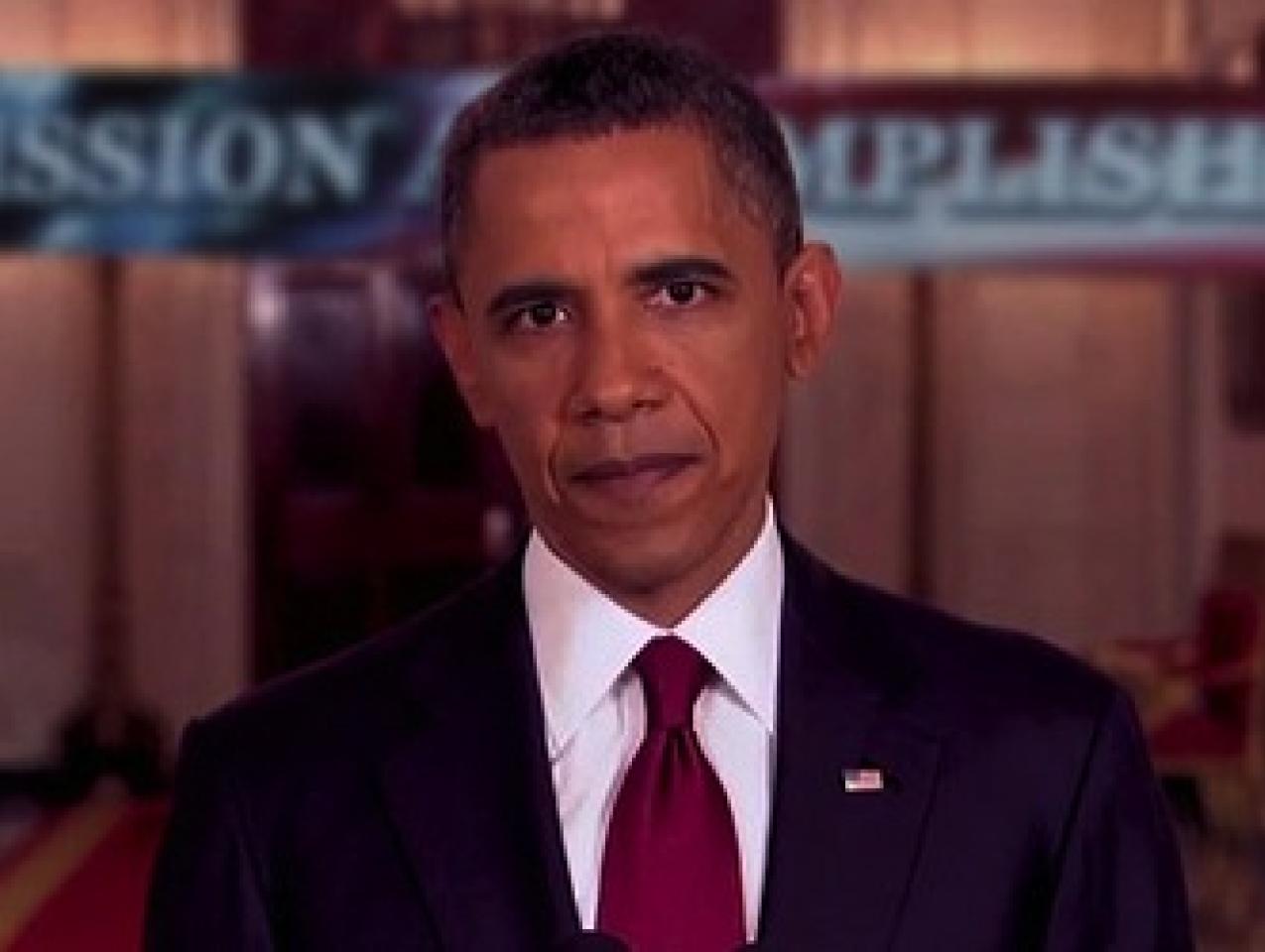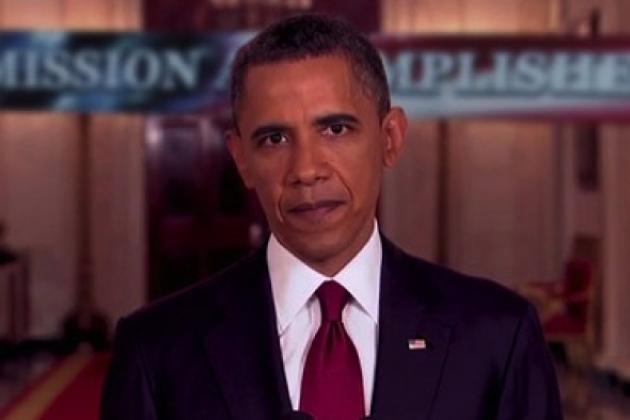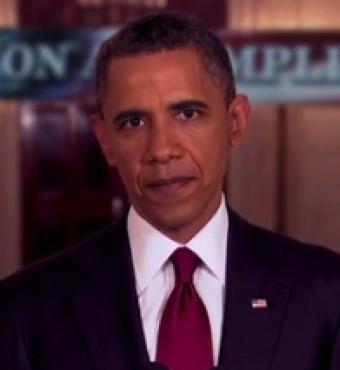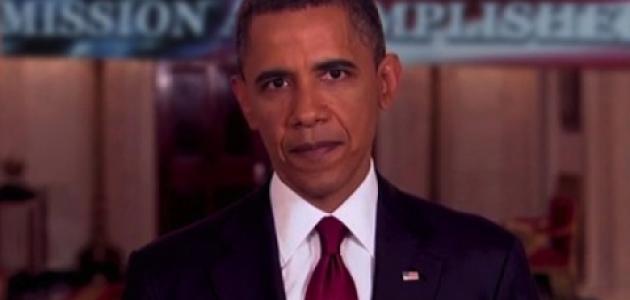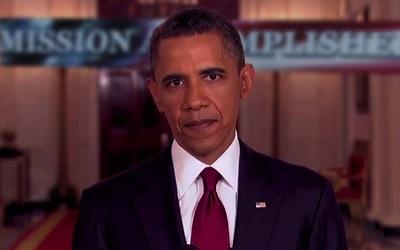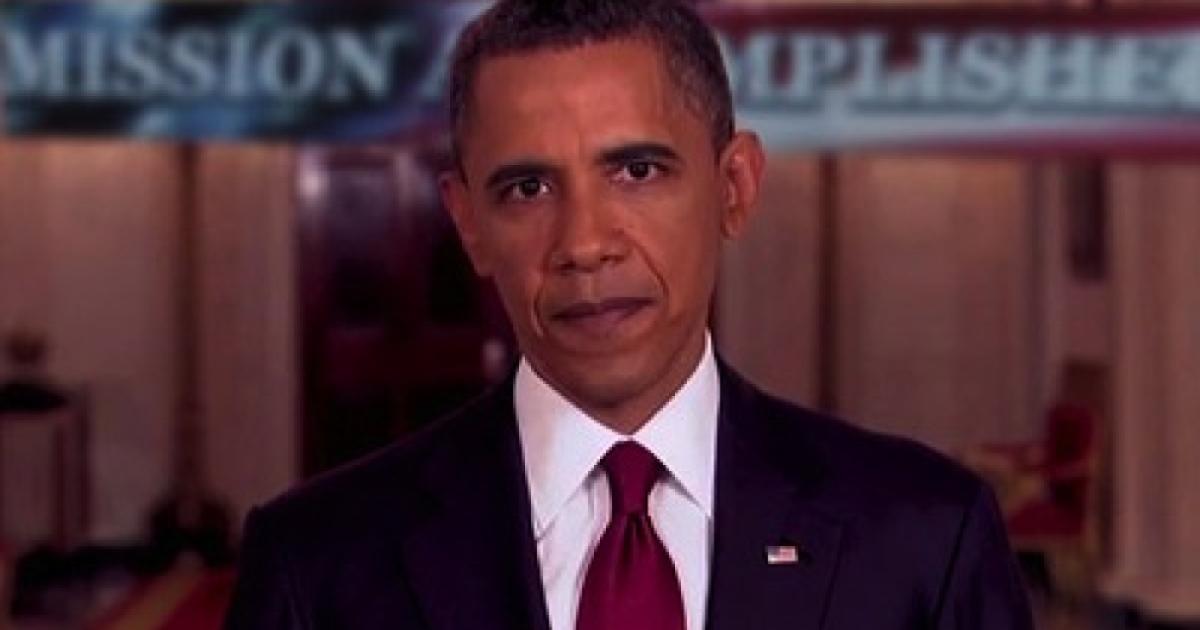- International Affairs
- US Foreign Policy
- Law & Policy
“It’s going to take a long time to win this war,” President George W. Bush told a group of Pentagon employees on September 17, 2001, six days after the terrorist attacks that marked a new era in global history. “Americans should not expect one battle but a lengthy campaign, unlike any other we have ever seen,” he said, three days later, at a joint session of Congress. Bush was right. More than a decade after 9/11, Osama Bin Laden is dead and many of his top associates have been killed or captured. And yet the endless war against Islamist terrorists—already the longest war in American history—continues on several fronts, in several countries, with no end in sight.
An endless war, and an endless emergency too. “A national emergency exists by reason of the terrorist attacks at the World Trade Center, New York, New York, and the Pentagon, and the continuing and immediate threat of further attacks on the United States,” Bush declared, three days after 9/11. Bush renewed the emergency declaration every subsequent year of his presidency. President Barack Obama renewed it as well every year in office. “The terrorist threat that led to the declaration on September 14, 2001, of a national emergency continues,” he proclaimed. “For this reason, I have determined that it is necessary to continue in effect . . . the national emergency with respect to the terrorist threat.”
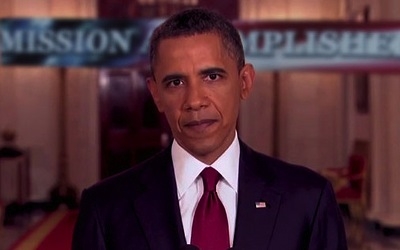
Photo credit: Dave McLean
War and emergency invariably shift power to the presidency. Permanent war and permanent emergency threaten to make the shift permanent. George W. Bush’s counterterrorism initiatives—warrantless surveillance, targeted killings, detention without trial, military commissions, limitations on habeas corpus, aggressive interrogations, and much more—were unthinkable on September 10, 2001. Bush succeeded in preventing another attack on the homeland, an accomplishment he described as the “most meaningful” of his presidency.
But many believe that his success came at an unacceptable cost to American legal traditions, and that he destroyed the constitutional separation of powers by violating scores of laws and snubbing Congress. “Decades from now,” said Republican Senator Arlen Specter at the twilight of the Bush presidency, “historians will look back on the period from 9/11 to the present as an era of unbridled executive power and Congressional ineffectiveness.”
Barack Obama campaigned against the Bush approach to counterterrorism and came to office promising to repudiate it and to restore the rule of law. “As for our common defense, we reject as false the choice between our safety and our ideals,” he said in his inaugural address. But in perhaps the most remarkable surprise of his presidency, Obama continued almost all of his predecessor’s counterterrorism policies. “Presidents don’t tend to give back power on their own volition,” remarked Princeton historian Julian Zelizer, nine months into the Obama presidency. “While there have been some changes it is difficult to conclude that the election made a serious dent in the strength of the executive branch.”
Spector and Zelizer—a mainstream politician and a progressive professor—reflect the widely held view that 9/11 was the death knell for the separation of powers and for presidential accountability. For many, James Madison’s famous concern that “no nation could preserve its freedom in the midst of continual warfare” has been realized. Books such as Bomb Power, The Decline and Fall of the American Republic, Madison’s Nightmare, and The Executive Unbound argue that 9/11 brought a dramatic shift of power to the President. These books differ in the details of their arguments and in their normative stance. But they generally agree with law professors Eric Posner and Adrian Vermeule, the authors of The Executive Unbound, that in military and national security affairs we live “in an age after the separation of powers, and the legally constrained executive is now a historical curiosity.”
The Revolution in Presidential Accountability
The problem with the conventional wisdom about the expansion of presidential power is that it tells only half the story. The rest of the story is a remarkable and unnoticed revolution in wartime presidential accountability that checked and legitimated this growth in presidential power.
The U.S. Constitution creates a system of “checks and balances” that gives other institutions—Congress, the courts, and the press—the motives and tools to counteract the President when they think he is too powerful, pursues the wrong policies, or acts illegally. Far from rolling over after 9/11, these institutions pushed back far harder against the Commander in Chief than in any other war in American history. The post-9/11 Congress often seemed feckless, especially in its oversight responsibilities. But it nonetheless managed to alter and regulate presidential tactics on issues—interrogation, detention, surveillance, military commissions, and more—that in previous wars were controlled by the President.
Congress was often spurred to action because the American press uncovered and published the executive branch’s deepest secrets. It was also moved by federal judges who discarded their traditional reluctance to review presidential military decisions and threw themselves into questioning, invalidating, and supervising a variety of these decisions—decisions that in other wars had been the President’s to make. Judicial review of the Commander in Chief’s actions often left him without legal authority to act, forcing him to work with Congress to fill the legal void.
These traditional forces received crucial support from something new and remarkable: giant distributed networks of lawyers, investigators, and auditors, both inside and outside the executive branch, that rendered U.S. fighting forces and intelligence services more transparent than ever, and that enforced legal and political constraints, small and large, against them.
On the inside, military and national security lawyers devoted their days and many of their nights to ensuring that the Commander in Chief complied with thousands of laws and regulations, and to responding to hundreds of lawsuits challenging presidential wartime action. These lawyers’ checks were complemented by independent executive-branch watchdogs, such as inspectors general and ethics monitors, who engaged in accountability-enhancing investigations of the President’s military and intelligence activities. These actors were empowered by a culture of independence that had grown up quietly in the previous three decades. And they enforced laws traceable to 1970s congressional reforms of the presidency that most observers assumed were dead but that turned out to be alive and quite fearsome.
On the outside, nongovernmental organizations like the American Civil Liberties Union and the Center for Constitutional Rights connected up with thousands of like-minded lawyers and activists in the United States and abroad. Together, these forces—often, once again, invoking laws and institutions traceable to decades-old legal reforms—swarmed the government with hundreds of critical reports and lawsuits that challenged every aspect of the President’s war powers. They also brought thousands of critical minds to bear on the government’s activities, resulting in best-selling books, reports, blog posts, and press tips that shaped the public’s view of presidential action and informed congressional responses, lawsuits, and mainstream media reporting.
Bush’s Policies: Vetted, Altered, and Blessed
These forces worked together in dynamic ways to uncover, challenge, change, and then effectively approve nearly every element of the Bush counterterrorism program. There are many reasons why Barack Obama continued so much of the Bush program as it stood in January 2009. But the most significant reason was that almost all of the program had been vetted, altered, and blessed—with restrictions and accountability strings attached—by the other branches of the U.S. government.
Obama and his White House team, sobered by a terrorist threat they fully appreciated only once they assumed power, refused to walk away from widespread political and legal support for aggressive counterterrorism actions. The institutions that pushed back against the Bush presidency did not cease to exercise their influence during Obama’s presidency. Obama too felt the sting of checks and balances when he tried and failed to close the Guantanamo Bay detention facility and to prosecute 9/11 mastermind Khalid Sheikh Mohammed in civilian court.
Some of these checks on the presidency since 9/11 have occurred behind the scenes, but most of them have taken place in plain sight. And yet as a nation we have missed them, and their significance. We missed them because many came from distributed forces rather than from the institution traditionally conceived as the main check on the President during war, Congress. And we missed them because George W. Bush was seen as such a polarizing figure in a scary and unfathomable war, a perception ingrained by Barack Obama’s rhetorically powerful campaign criticisms. When President Obama largely followed his predecessor’s course, almost everyone assumed that the best explanation was that the presidency as an institution was out of control.
I sketch a different, and I believe more persuasive, explanation for the congruence. Two presidential administrations with starkly different views about executive power and proper counterterrorism tactics ended up in approximately the same place because forces more powerful than the aims and inclinations of the presidents and their aides were at work.
In telling this story about modern presidential accountability, I draw on my own experiences in the Bush administration, first in the Department of Defense in 2002–2003, and then in the Department of Justice in 2003–2004. I also draw on dozens of interviews that I conducted with senior political, military, and intelligence officials in the Bush and Obama administrations, and with key representatives in the modern accountability regime for the presidency, including members of Congress and their staffs, federal judges, government lawyers and watchdogs, national security journalists and their editors, human rights activists, and academic experts. My aim in conducting these interviews was to capture a rich variety of perspectives on presidential accountability since 9/11, and to draw patterns and lessons from them.
The argument unfolds in three parts. The first recounts candidate Obama’s criticisms of George W. Bush’s counterterrorism program and his pledges for reform. It then describes the many ways Obama departed from these pledges and from the related expectations of his political supporters, and the few ways he did not. It canvasses reasons for the Obama administration’s reluctant embrace of its predecessor’s policies, including the efficacy of those policies, the reality of the terror threat, and the responsibilities of the presidency. But the main explanation it offers for the continuity between the two administrations is that the institutions of government and civil society pushed back against the early Bush policies, changed them, and then essentially blessed them in ways that Barack Obama found difficult to resist.
The second describes in detail the regime of checks and balances that fostered continuity between the two administrations. Under the U.S. Constitution, a wartime president must take the initiative in meeting national security threats, and he exercises more authority with greater discretion and secrecy than in peacetime. The danger that war presents—a danger exacerbated in an indefinite war—is that the president may exercise these enhanced authorities imprudently or in his personal or institutional interest, at the expense of the nation. The response to this problem that has developed over the last decade lies with a number of variously motivated actors who constantly monitor the presidency, in public and behind walls of secrecy. These actors generate information about what the executive branch is doing; they force it to explain its actions; and they are empowered to change these actions when the explanations fail to convince.
A New System of Checks and Balances
This analysis moves beyond a traditional focus on the President, Congress, and the Supreme Court to examine some of the surprising lower-level forces, inside and outside the government, that have been so consequential in shaping presidential action. It shows how American human rights activists and their foreign counterparts worked with global media outlets and establishment figures to convince conservative Supreme Court justices to grant terrorists novel rights; how similar forces convinced lower courts to create a “citizen declassification” regime for closely held CIA and White House secrets; how a little-known investigator inside the CIA, working at the behest of Congress, discovered abuses in the high-value interrogation program and helped change them long before public knowledge of the abuses; how Republican senators, defying the President and their party, and working with generals supposedly under the President’s command, helped to curtail the President’s discretion over interrogation and detention; how faceless executive-branch lawyers micromanaged national security decisions; how elite journalists, aided by the Internet and bloggers around the globe, divined the government’s deepest secrets, and why their editors published these secrets even when the President begged them not to; why every brigade in the army has a lawyer; and why General David Petraeus never went anywhere without one.
In describing how modern wartime accountability checks work in practice, I describe some of the costs and benefits of the system as they are seen by the people involved. The main virtue of the system lies in its ability to self-correct: democratic and judicial forces change presidential authorities and actions deemed imprudent or wrong and constrain presidential discretion in numerous ways. These changes and constraints are part of a process that helps to generate a national consensus on what powers the President should exercise and how, a process that has largely legitimated the powerful post-9/11 presidency. One of the important constitutional lessons of the last decade is that constraints imposed by the watchers of the presidency can strengthen the presidency and render it more effective over the medium and long term in carrying out its national security responsibilities.
Consensus and legitimate power are happy consequences of constraint. But they are inextricably tied to some unhappy consequences, including the harmful disclosure of national security secrets, misjudgments by the watchers of the presidency, and burdensome legal scrutiny that slows executive action. It is hard to know whether the virtues of the modern presidential accountability system outweigh its vices, or whether the particular counterterrorism policies it produced are the best ones, all things considered.
Arthur Schlesinger Jr.’s The Imperial Presidency is best known for its critique of the Cold War presidency. Few remember that Schlesinger was a fan of presidential power, or that he argued that the nation needed a strong presidency to protect its security and make the constitutional system work in a dangerous and complex world. Schlesinger thought the solution to the presidential pathologies he identified was not to cut the presidency down in size, but rather “to devise means of reconciling a strong and purposeful Presidency with equally strong and purposeful forms of democratic control.” The goal was to establish “a strong Presidency within the Constitution.”
I make the case that in the last decade, in the most unusual and challenging war in American history, and at a time when the President exercises unfathomable powers, we have witnessed the rise and operation of purposeful forms of democratic (and judicial) control over the Commander in Chief, and have indeed established strong legal and constitutional constraints on the presidency. These forms of control are messy, and at the margins, it is hard to know whether they go too far or not far enough. But they are deeply consequential, and they preserve the framers’ original idea of a balanced constitution with an executive branch that, despite its enormous power, remains legally and politically accountable to law and to the American people.








